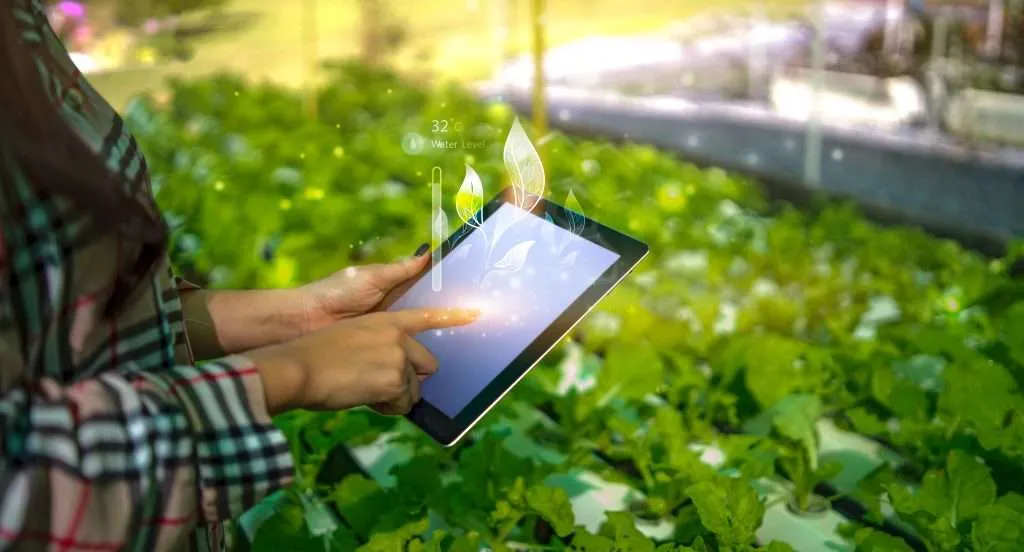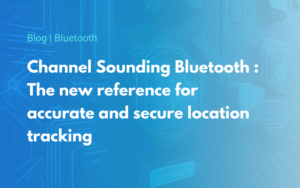
What is Smart Agriculture?
The Internet of Things (IoT) and new technologies are revolutionizing many sectors, and agriculture is no exception. So-called smart agriculture combines technology and farming to optimize yields and efficiency, reduce costs and minimize environmental impact.
Challenges of Smart Agriculture
With the world aiming to produce 70% more food by 2050 due to population growth, integrating the Internet of Things into agriculture is not just a trend: it’s a challenge for the future.
Economic stakes
In addition to being a challenge for the agricultural world, the Smart Agriculture market represents a huge opportunity, with the global market expected to reach $15.3 billion by 2025. By optimizing resources and improving operational efficiency, Smart Agriculture reduces production costs, increases yields and optimizes management processes. In addition, by facilitating access to markets and providing accurate information on demand and market trends, it helps boost farmers’ competitiveness in the global marketplace.
The rise of Smart Agriculture also fosters innovation and job creation in the information and communication technology sector, stimulating economic growth in rural areas and beyond.
Environmental challenges
Faced with the challenges of natural resource degradation and climate change, Smart Agriculture offers solutions to promote environmental sustainability. By optimizing the use of resources such as water, fertilizers and pesticides, it helps reduce pressure on fragile ecosystems.
In addition, by adopting more precise and targeted farming practices, it minimizes negative impacts on biodiversity and soils, thus promoting more responsible management of farmland. Smart Agriculture also encourages the adoption of soil and water conservation techniques, as well as the development of crops that are resistant to changing environmental conditions, thus strengthening the resilience of agricultural systems in the face of climatic disturbances. By reducing the environmental footprint of agriculture, it contributes to the preservation of ecosystems and the promotion of long-term sustainable development.
IoT in agriculture: an increasingly important lever
IoT adoption in agriculture is growing exponentially. According to labo.societenumerique.gouv.fr, nearly 39% of farmers use at least one connected object to manage their farms. Smart Agriculture will enable farmers to gain greater precision and visibility over their operations, with real-time monitoring of crops, livestock and environmental conditions.

Discover our wide range of BLE sensors
renowned for their sturdiness and high autonomy
6 benefits of IoT in Smart Agriculture
1. Real-time monitoring
The IoT enables continuous, real-time monitoring of agricultural conditions, including soil moisture levels, temperature, air quality and much more. This monitoring enables farmers to quickly detect changes and adjust farming practices accordingly.
2. Optimizing resources
Thanks to IoT, farmers can optimize the use of resources such as water, fertilizers and pesticides. IoT sensors provide precise data on crop needs, enabling more efficient use of resources and thus reducing costs and environmental impact.
3. Computerized decision-making
The data collected by IoT devices is analyzed by intelligent systems that provide farmers with valuable data. This information facilitates consistent decision-making on farming practices, risk management and production planning.
4. Livestock and animal health surveillance
IoT enables livestock farmers to monitor Animal tracking and herd health management in real time. IoT devices can detect signs of illness or stress in animals, enabling rapid and effective intervention to prevent disease and improve productivity.
5. Automation and remote control
IoT enables the automation of agricultural tasks, such as irrigation, fertilization and harvesting. What’s more, farmers can control and monitor their farming operations remotely via mobile apps or online platforms, offering greater flexibility and efficiency.
6. Precision agriculture
Precision farming, made possible by the IoT, uses advanced technologies such as drones, sensors and GPS systems to map fields, monitor crop growth and apply targeted treatments. This enables more precise, individualized management of agricultural plots, maximizing yields and crop quality.
Conclusion
Smart Agriculture, with the help of IoT, offers vital economic and environmental solutions to meet the challenges of population growth and sustainability.
By integrating sensors into IoT solutions, end-users will see tangible economic benefits, optimizing resources, improving decision-making and stimulating economic growth. What’s more, this will help address the crucial challenge of environmental sustainability, by reducing pressure on natural resources and minimizing ecosystem impacts. Joining Smart Agriculture means shaping the future of intelligent, sustainable and resilient agriculture, while positioning yourself in a booming market.


